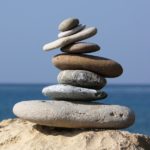The Water cycle is a continuous movement of water between the earth’s surface and the air. A cycle has no beginning and no end – it keeps going round and round. Here is my method of teaching this complex web of changes using a burner and a pot of water.
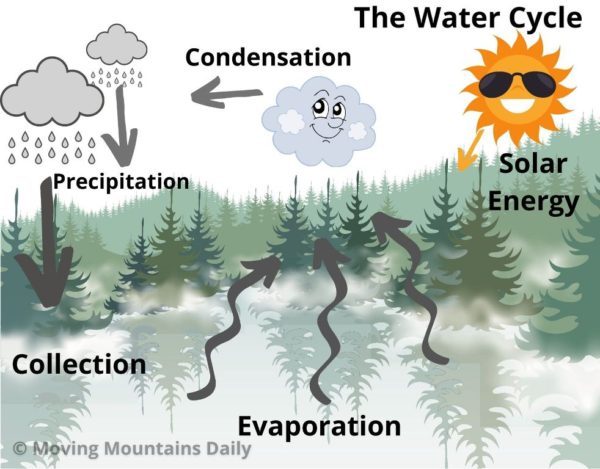
The Water Cycle Lab Supplies
For this lab you will need:
- An adult
- Water (Represents surface water.)
- Pot (A collection of surface water, like an ocean)
- Lid (Cloud)
- Stove Burner (Solar heat)
- Salt (Ocean Salinity)
- A Cutout Sun (The real source of nature’s heat energy)
- The Water Cycle Packet
Since the water cycle has no beginning and no end, we can basically begin at any part of the cycle. I always like to start with solar energy.
NOTE: Bullet dots will mark lab steps and directions. Explanations are in-between the steps.
The Water Cycle Packet
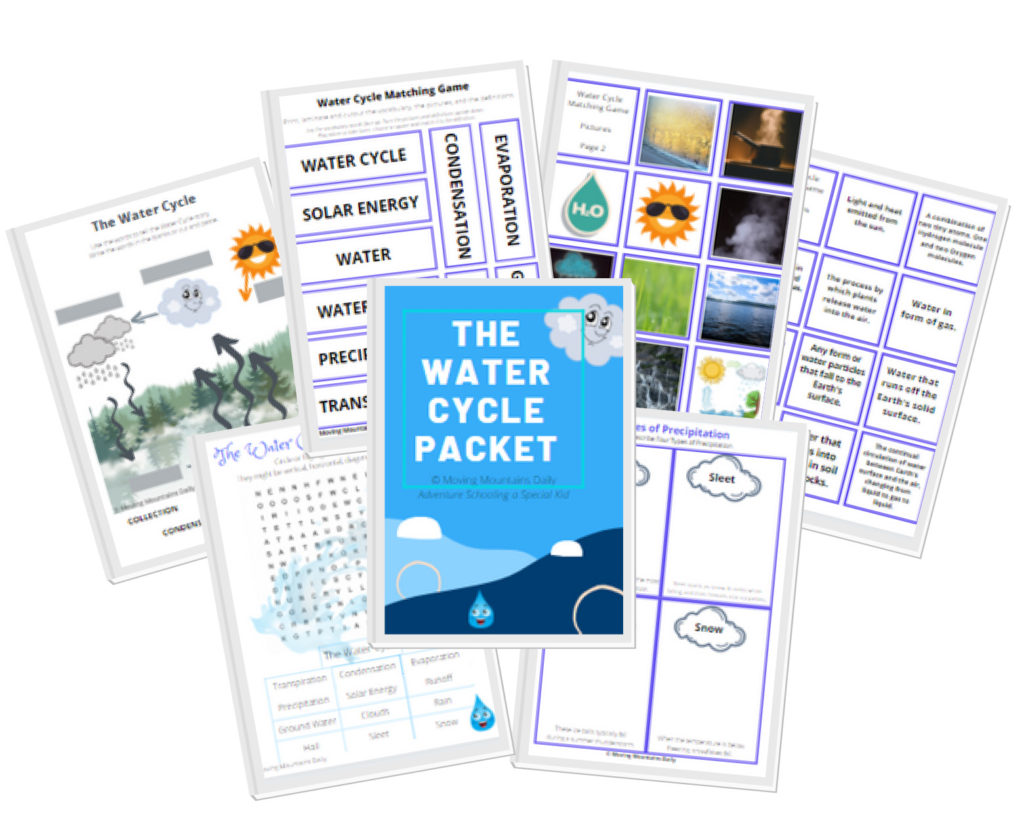
I like to add extra reinforcements when I teach science. The strategy is to help kids absorb the information. The problem is not how to teach a subject but rather, how to appeal to all types of learners – which is why worksheets, games and puzzles are an important addition. I purposely created The Water Cycle Packet to include all types of learners: visual, auditory, and kinesthetic.
Printable Lab and Study Sheets
The six page Water Cycle Packet includes:
- A water cycle diagram with fill-in blanks, or cut and paste option.
- Precipitation worksheet
- Word search vocabulary puzzle
- Vocabulary matching game which has both pictures and printed definitions.
The Water Cycle packet is free with subscription!
Heat Energy
- Tape the ‘sun’ somewhere above the stove but not close to the burner.
The sun radiates heat, consequently warming up all living creatures, as well as the ocean, lakes, rivers, and backyard swimming pools. In nature, the sun heats the water, but in our demo the heat will come from the burner.

Evaporation
- Add salt to a pot of water. (The amount should be enough to make one realize it tastes like salt and is therefore undrinkable.) This represents the salt (salinity) in the ocean water.
- The adults job is to place the pot of salt water on the stove and turn on the burner.
As the temperature of the water begins to heat up, the water molecules start to move. Heat always excites molecules! As the excitement mounts, these quick, moving little buggers start vibrating and colliding. Some collide so hard that they get thrown out of the pot and escape into the atmosphere as gas-y water vapor. You will begin to see clouds of water vapor rising above the pot of water. Evaporation is the process of a liquid turning to a gas.
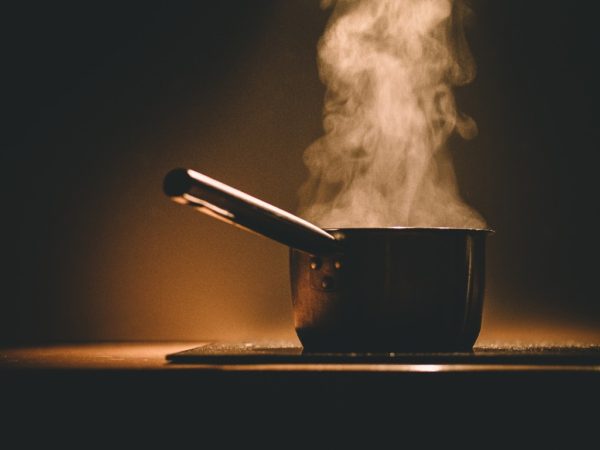
Transpiration
Bodies of water are not the only means capable of releasing water on earth. Plants also release water into the air by way of transpiration. Plant roots act like straws sucking up ground water. The roots are efficient and provide the plant with more water than it can use, so it releases unneeded excess water into the atmosphere by a process called transpiration.
If you really want to get technical, human perspiration (sweat) also evaporates into the air and gets added to the water cycle.
Condensation
As the water vapor rises, it cools and looses energy. Hold the pot lid above the cooling, cloud of evaporation. When the evaporated gas collects and sticks together on the underside of the lid, it condenses or turns back into liquid water. Condensation is the process of a gas turning back into a liquid.
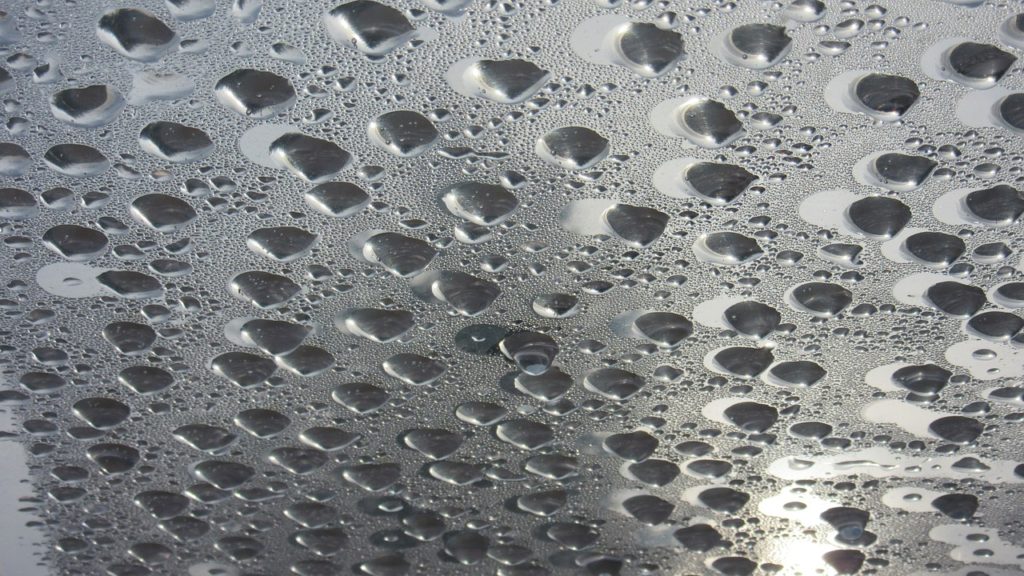
In order for condensation to happen, water vapor has to have a place to stick and collect. In our kitchen experiment that surface is the pan lid, but in nature, water vapor attaches to pieces of dust in the atmosphere. Notice that as these water droplet cling together, they start dripping, or raining, back into the pot where they came from.
- Taste the condensed water. Does it taste salty or fresh?
- To really demonstrate rain, (and dependent upon the youngsters I have watching) I will allow condensation to accumulate on the lid and then will shake it over the heads of my watching youngsters. The surprise affect is rather fun but more than that, it creates a lasting visual that condensation falls as rain!
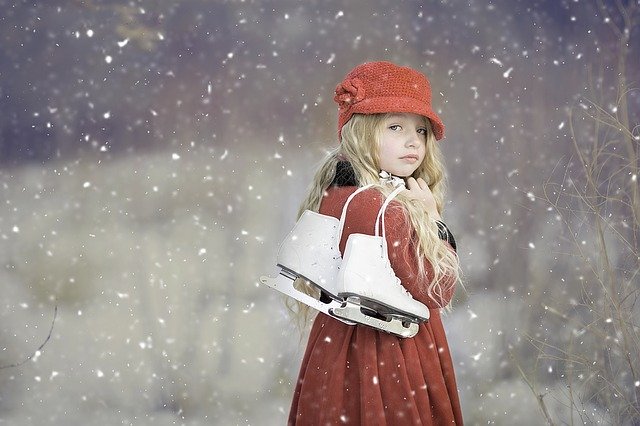
Precipitation
Precipitation occurs when cloud droplets or ice crystals join together and become too heavy for the air to hold. Because gravity pulls objects towards the earth, these droplets fall back to earth as rain, hail, sleet, or snow.
When precipitation reaches the earth it can do one of two things. It either runs off the surface and collects in bodies of water (called runoff), or it will seep into the ground (ground water). The water cycle starts all over again.
But all Clouds are not Rain-makers
Visible clouds are made up of condensed water droplets. Rainless clouds are made up of tiny water droplets or ice crystals that are very light. Instead of collecting together, they remain hanging in the air. They don’t have the weight to fall as precipitation.
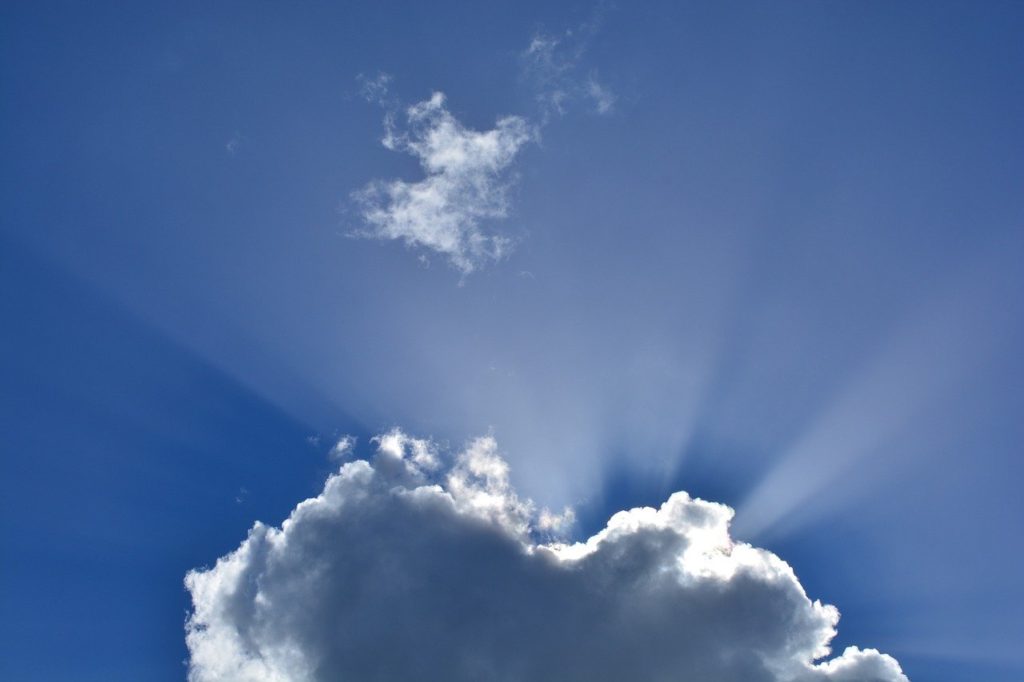
Did you know?
If moist air at ground levels cool, a cloud can form right there. Fog is a ground level cloud. Take a walk in a cloud sometime!
The Water Cycle is a Natural Filter
The water cycle is a continual motion of heating, evaporation, condensation, and precipitation. The interesting part is that the water cycle filters and cleans our fresh water supply. Did you notice that when you tasted the condensed water it no longer tasted of salt? This is a good thing because salty rain would kill land and fresh water creatures, as well as plants!
Vocabulary
- Water Cycle – The continual circulation of water between Earth’s surface and the air, changing from liquid to gas to liquid.
- Solar Energy – Light and heat emitted from the sun.
- Water Molecules – Molecules are a combination of two or more tiny atoms. One Hydrogen molecule and 2 Oxygen molecules make up water, alas – H2O.
- Evaporation – The process in which a liquid changes to a gas.
- Water Vapor – Water in form of gas.
- Transpiration – The process by which plants release water into the air.
- Condensation – The process in which a gas changes to a liquid.
- Precipitation – Any form or water particles that fall to the Earth’s surface.
- Runoff – Water that runs off the Earth’s solid surface.
- Ground Water – Water that seeps into pores in soil and rocks.
